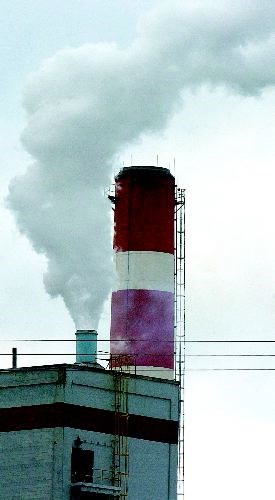A World Health Organization (WHO) report on air quality is creating some confusion.
Prince George is included among hundreds of cities in 91 countries for which levels of fine and coarse particulate are compared in the report, issued this week, but B.C. Ministry of Environment air quality meteorologist Dennis Fudge is not so sure the numbers are accurate.
According to the report, in 2008 the city's average amount of fine particulate was eight micrograms per cubic metre and the average amount of coarse particulate was five micrograms per cubic metre.
But Fudge suspects the WHO may have those numbers reversed.
"It may have gotten interpreted incorrectly, where PM 2.5 data probably got slotted into PM 10," Fudge said.
Coarse particulate, also known at PM 10, is defined as particulate matter no larger than 10 microns and fine particulate, also known as PM 2.5, is no larger than 2.5 microns, less than 1/20th the width of a human hair.
Fudge said he's been trying to get further information from WHO on where they got their data.
Based on the numbers presented, Prince George's air is comparatively better the much of the world's although still not amongst the best.
For the 565 cities for which there are numbers for fine particulate is included Prince George is on the low end of the scale but still above the front runner - Whitehorse, Yukon - whose average was 1.7 micrograms per cubic metre. In contrast, Ulaanbaatar, Mongolia was last at 63.0.
Fine particulate considered the bigger health risk because it can travel deeper into the lungs.



